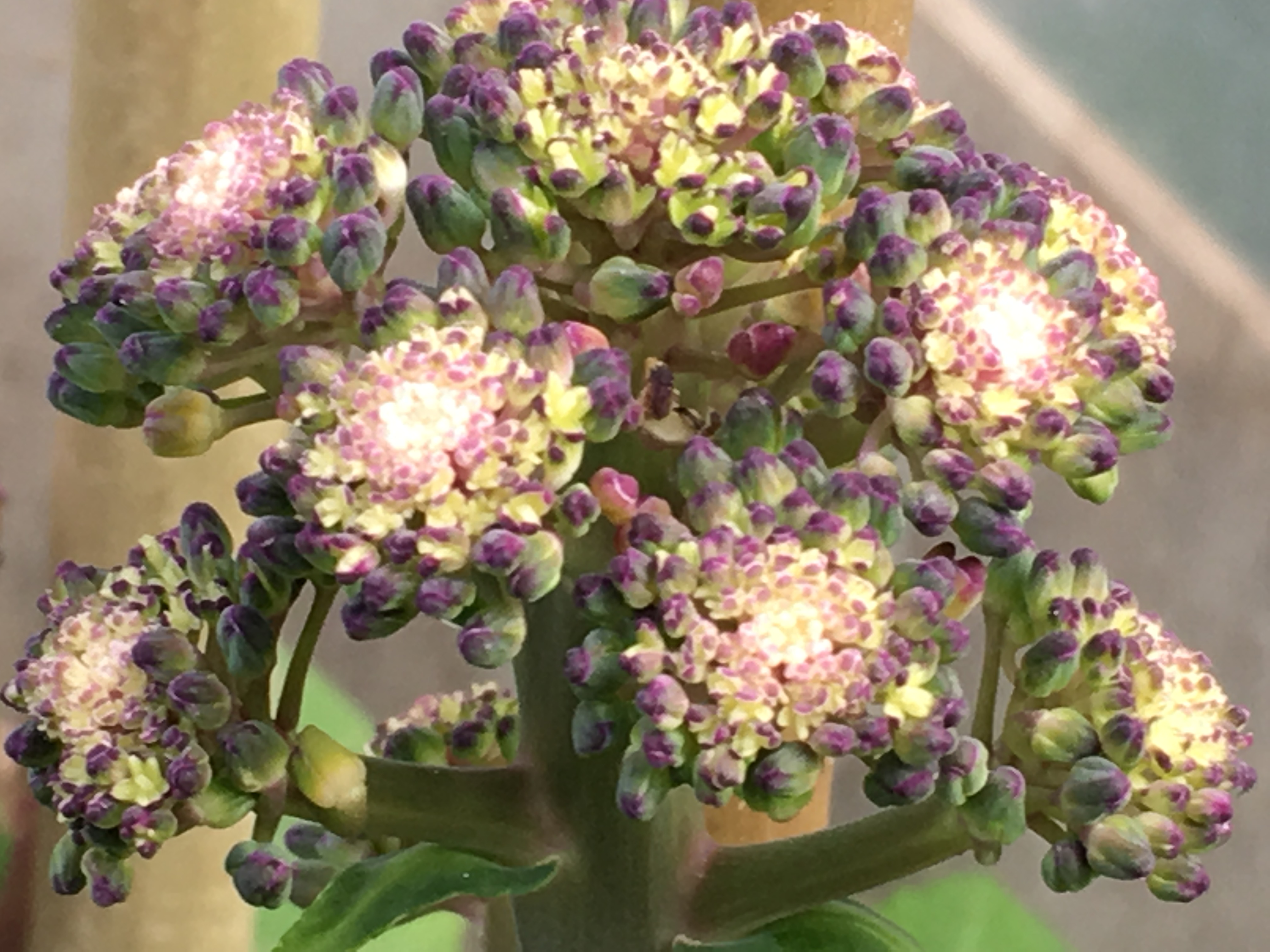Specialist collections

Specialist collections
Alongside the main UKVGB collection, we manage a number of specialist research collections. These specialist research collections often represent a lifetimes work of an individual researcher. We are pleased to be able to ensure their work is safeguarded for the future.
Seed requests
European Clubroot Differential Series
The European Clubroot Differential (ECD) series was established in 1975 by Buczacki et al.,Link opens in a new window to standardise classification of Plasmodiophora brassicae. It comprises 15 different lines of Brassica.
| ECD number | Species | Line name | Cultivar group |
|---|---|---|---|
| ECD 1 | B. rapa |
line a | fodder turnip |
| ECD 2 | B. rapa |
line b | fodder turnip |
| ECD 3 | B. rapa |
line c | fodder turnip |
| ECD 4 | B. rapa |
line r | fodder turnip |
| ECD 5 | B. rapa |
Granaat | Chinese cabbage Pe-Tsai |
| ECD 6 | B. napus | Dc 101 | fodder rape Nevin |
| ECD 7 | B. napus |
Dc 119 | Giant Rape commercial |
| ECD 8 | B. napus |
Dc 128 | Giant Rape selection |
| ECD 9 | B. napus |
Dc 129 | New Zealand resistant rape |
| ECD 10 | B. napus |
Dc 130 | swede Wilhelmsburger |
| ECD 11 | B. oleracea |
Badger Shipper | cabbage |
| ECD 12 | B. oleracea |
Bindsachsener | cabbage |
| ECD 13 | B. oleracea |
Jersey Queen | cabbage |
| ECD 14 | B. oleracea |
Septa | cabbage |
| ECD 15 | B. oleracea |
Verheul | fimbriate kale |
S-allele collection
The S-allele collection was developed by Dr. David Ockendon as part of his extensive work into Brassica self-incompatibility.
These research lines are not currently available through our seed request portal. If you wish to access this collection please contact us directly at

VeGIN sets
The VeGIN projectLink opens in a new window has created sets of genetically fixed lines, representing a structured sampling of diversity across a genepool for a number of key crop groups.
These "Diversity Fixed Foundation Sets" (DFFS) have been developed for:
- Brassica oleracea Diversity Fixed Foundation Set (BolDFFS)Link opens in a new window
- Brassica C genome Diversity Fixed Foundation Set (BCgDFFS)Link opens in a new window
Please contact Graham Teakle to obtain seed from these diversity sets.
UKVGB accessions which were included in the original founding lines of these sets can also be found using the UKVGB collection search. Use the advanced search "Accession Group" function, and then select the relevant group you are interested in.
